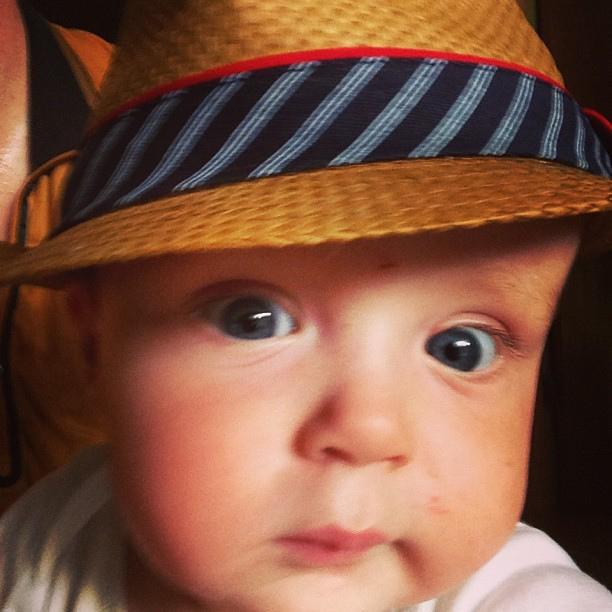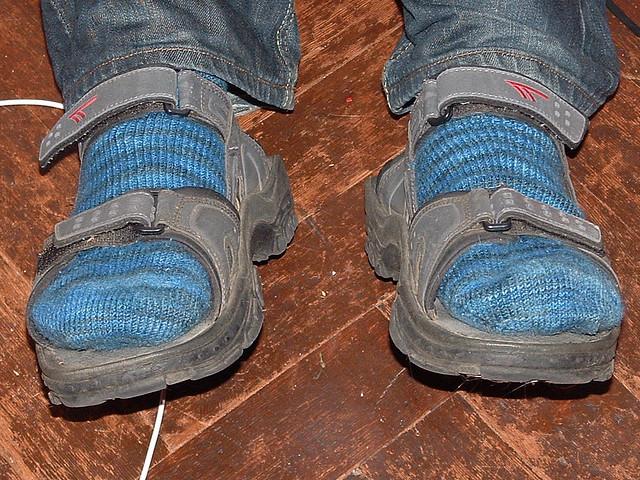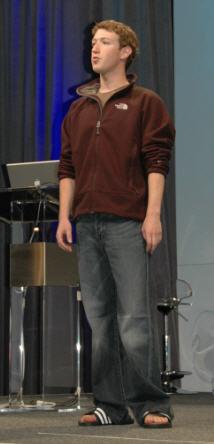 Defining business casual can be tricky, in part because the definition of “professional business attire” has expanded. True, the daily attire for the C-suite – men and women – is still a suit (or something darned close to one), but this tradition is diminishing. For example, on the west coast of the United States a suit is a conspicuous giveaway that you’re going to a wedding, a funeral, or a job interview.
Defining business casual can be tricky, in part because the definition of “professional business attire” has expanded. True, the daily attire for the C-suite – men and women – is still a suit (or something darned close to one), but this tradition is diminishing. For example, on the west coast of the United States a suit is a conspicuous giveaway that you’re going to a wedding, a funeral, or a job interview.
Professional Attire Depends on Where You Work
Before you can take your dress code down a notch for Casual Fridays, it’s wise to know where the bar is currently set. That generally depends on where you work.
Here’s what professional business attire generally looks like in three popular business environments.
Established Professions
 Think accounting, finance, law – professions that have a long history of white collars and considerable contact with those outside the office. Here, traditional business clothes are the rule, which means conservative suits for both men and women:
Think accounting, finance, law – professions that have a long history of white collars and considerable contact with those outside the office. Here, traditional business clothes are the rule, which means conservative suits for both men and women:
- Men typically wear dark-colored suits, white shirts, understated ties, low-key oxfords.
- Women’s suits can be more brightly colored, featuring tops with restrained necklines, stockings or tights, and moderate-heeled, closed-toed shoes.
Creative Side
 In creative industries such as advertising, entertainment, and (famously) tech startups, traditional business wear is typically less formal, often avant-garde, and sometimes downright flamboyant. From pork pie hats and soul patches to piercings and tattoos to high-collar dresses and stovepipe jeans, the acceptable (professional) dress codes in creative firms is much looser because the expectation among customers and clients is that their creative partners look hip and trendy.
In creative industries such as advertising, entertainment, and (famously) tech startups, traditional business wear is typically less formal, often avant-garde, and sometimes downright flamboyant. From pork pie hats and soul patches to piercings and tattoos to high-collar dresses and stovepipe jeans, the acceptable (professional) dress codes in creative firms is much looser because the expectation among customers and clients is that their creative partners look hip and trendy.
High-Tech
 Computers, electronics, engineering. These environments have always been a different animal when it comes to fashion. Add in the Silicon Valley concept of the open office (aka the Dilbert cubicles), and dress codes for high-tech professionals have morphed into an amalgam of options – sweat pants and sneakers, gym clothes and ball caps, cargo pants and faded t-shirts. The C-suite’s formality is generally at the level of Dockers and polo shirts for men, slacks/skirts and blouse for women. They may wear a blazer. Both wear nice (and usually practical) shoes.
Computers, electronics, engineering. These environments have always been a different animal when it comes to fashion. Add in the Silicon Valley concept of the open office (aka the Dilbert cubicles), and dress codes for high-tech professionals have morphed into an amalgam of options – sweat pants and sneakers, gym clothes and ball caps, cargo pants and faded t-shirts. The C-suite’s formality is generally at the level of Dockers and polo shirts for men, slacks/skirts and blouse for women. They may wear a blazer. Both wear nice (and usually practical) shoes.
Take Your Cue from the Top

Differences aside, most businesses still retain some aspects of the conventional office. You might not be expected to wear a suit every day, but chances are you’re expected to look professional – whatever that actually means in your industry.
If you’re just joining a new company and you’re uncertain where the dress code bar is set, err on the side of conservative until you gather more information. (Like if your CEO doesn’t wear a hoodie around the office, you should refrain from wearing one yourself.) Take cues from your management team and your peers. If you’re aspiring for a promotion, it usually doesn’t hurt to dress the part.
Today’s Business Casual Is ..?
You can look casual and professional simultaneously by carefully selecting a wardrobe that matches your industry and assigned work tasks.
For example, in a non-white-collar setting – maybe a hardware store, supermarket, or big box – business casual emphasizes clean, non-trendy comfortable clothes:
- Men can acceptably wear casual collared shirts with nice jeans or chinos, and clean, un-torn sneakers.
- Women can wear jeans or pants with flats, sandals or sneakers, blouses or sweaters, and fitted T-shirts in some places.
For the less-formal office settings (i.e., collars of many colors) common among start-ups and small/mid-sized businesses, casual attire could include:
- For men, slacks or corduroys, sweaters/shirts in subdued patterns and colors, loafers or other relaxed, polished shoes.
- For women, fashionable but understated dresses or skirts worn with tailored blouses, vests, and sweaters, heels and open-toed shoes. Four-inch heels are a bad idea; so are very short skirts (even if you look swell in them) and off-the-shoulder tops. (Michelle Obama has made it more okay to go sleeveless.)
In white-collar professions, “business casual” is still somewhat dressy when compared to other environments:
- For men, executive casual features sports coats with open-collared shirts and well-cut slacks; for shoes, nice loafers or lace-ups. Polished, of course.
- Women can wear a fashionable blazer and skirt outfit, or dresses; brightly colored tops are acceptable, as are stockings/tights and heels, or boots of all kinds. In all cases, jewelry should be understated unless you’re working in fashion or entertainment. (Even then, save the shoulder-duster earrings for evenings.)
Tips for Every Environment
Ultimately, business casual should allow you to come off as confident, intelligent, and respectable in front of your coworkers, clients, and customers. Although there is wide variability in what is and isn’t acceptable, there are some standard practices that can make business casual work for you:
 Don’t be sloppy. Clothes that are dirty, stained, torn or wrinkled won’t do. “Distressed” clothes and loud/flashy outfits may be OK in some settings but won’t pass muster in most offices; neither will tank tops, sleeveless blouses/shirts or tops with printed messages.
Don’t be sloppy. Clothes that are dirty, stained, torn or wrinkled won’t do. “Distressed” clothes and loud/flashy outfits may be OK in some settings but won’t pass muster in most offices; neither will tank tops, sleeveless blouses/shirts or tops with printed messages.- Wear fitted clothing. Ill-fitting clothes not only are unstylish, they can undermine your authority in the eyes of others.
- Minimize bare skin. Revealing and/or transparent clothing can make others uncomfortable; they’re also just plain inappropriate for business. Avoid them.
- Wear proper shoes. Before donning the military boots, sneakers, or flipflops, be sure they’re approved for your particular workplace.
- No gym clothes. It’s great that you work out, but save sweats, shorts, and spandex for the fitness center; beachwear is similarly a bad choice.
- Accessorize carefully. Bling might make you feel good, but too much is distracting. For belts, jewelry, scarves, and ties, “understated” is generally a better choice for the office.
- Don’t smell. What smells good to one person may wrinkle the nose (or cause an allergic reaction) for another. Keep scents to a minimum, including body odor, aftershave, cologne, lotion, and perfume.
Your goal is to look professional and express a bit of your personality in your appearance, without being distracting. Casual, professionally acceptable business attire promotes a comfortable workplace, which is positive for everyone.
